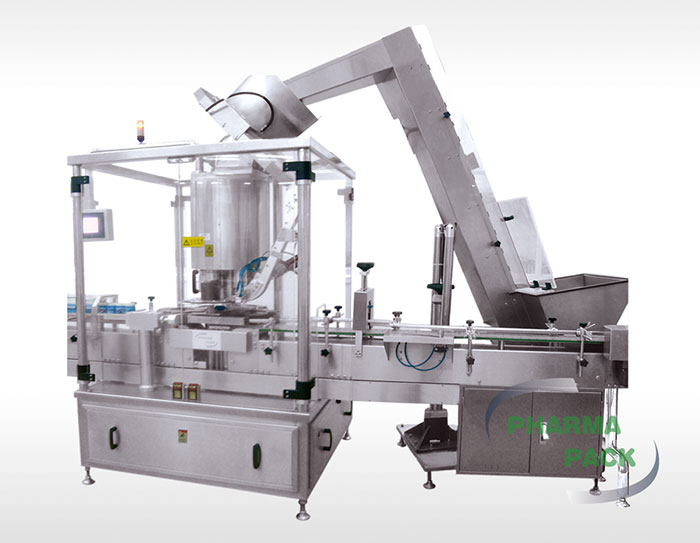Safety and maintenance accessibility are dual priorities in pharmaceutical production environments. A well-designed guarding system addresses both concerns without compromise. For pharma packaging machinery manufacturers, integrating such features is a critical aspect of machine design, particularly for equipment involved in pharmaceutical bottle packaging.
Engineering Modular Guarding for Controlled Access
Modular guarding systems are constructed from interlocked panels that can be individually removed or opened. This design is a standard for reputable pharma packaging machinery manufacturers. Instead of requiring tools to dismantle large sections of a machine, technicians can quickly open a specific guard panel to access a targeted component, such as a capping head on a pharmaceutical bottle packaging line. This targeted access significantly reduces downtime for routine adjustments or troubleshooting, enhancing overall line efficiency.
Facilitating Efficient Routine Maintenance
The primary advantage of modular guarding is the simplification of essential maintenance tasks. For instance, on a rotary capper, quick-release guards allow immediate access to the cap hopper, vibratory bowl, and capping heads. This enables operators to perform cleaning, clear minor jams, or replace wear parts in a fraction of the time required with traditional, fixed guarding. This design philosophy, employed by pharma packaging machinery manufacturers like Pharmapack, ensures that equipment hygiene and performance can be maintained according to strict GMP schedules without prolonged production stoppages.
Maintaining Uncompromised Safety Standards
While facilitating access, these systems rigorously maintain safety. Each guard panel is equipped with a safety interlock switch that immediately cuts power to the machine’s motors and actuators the moment the guard is opened. This eliminates the possibility of accidental activation during intervention, protecting personnel. This failsafe integration is a non-negotiable feature for any machinery used in sensitive pharmaceutical bottle packaging processes, ensuring full compliance with international safety regulations.
Conclusion
The implementation of a modular guarding system reflects a thoughtful approach to industrial design within the pharmaceutical sector. It successfully reconciles the need for stringent operational safety with the practical requirement for efficient equipment maintenance. By partnering with pharma packaging machinery manufacturers that prioritize these engineered solutions, pharmaceutical companies can ensure their pharmaceutical bottle packaging operations are both safe and productive, minimizing downtime while maximizing operator protection.
